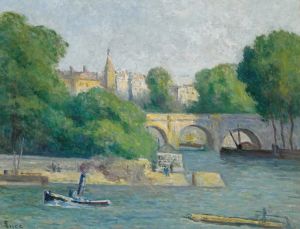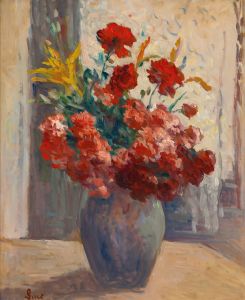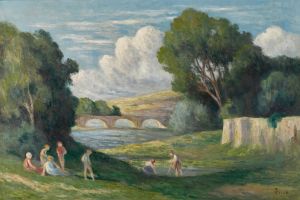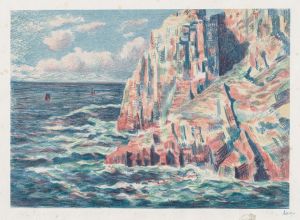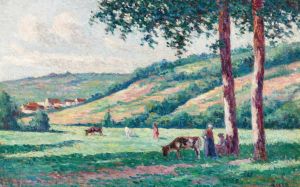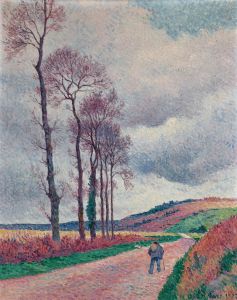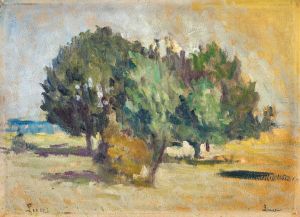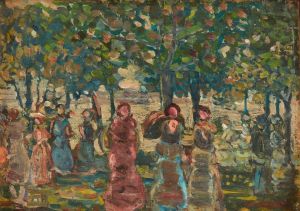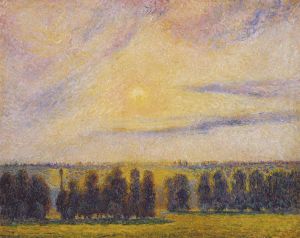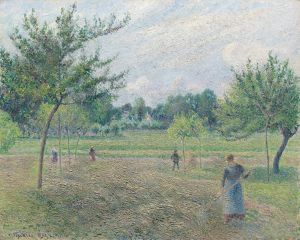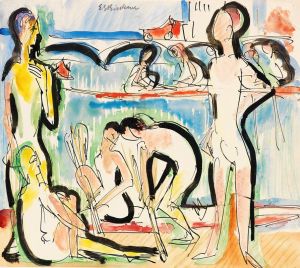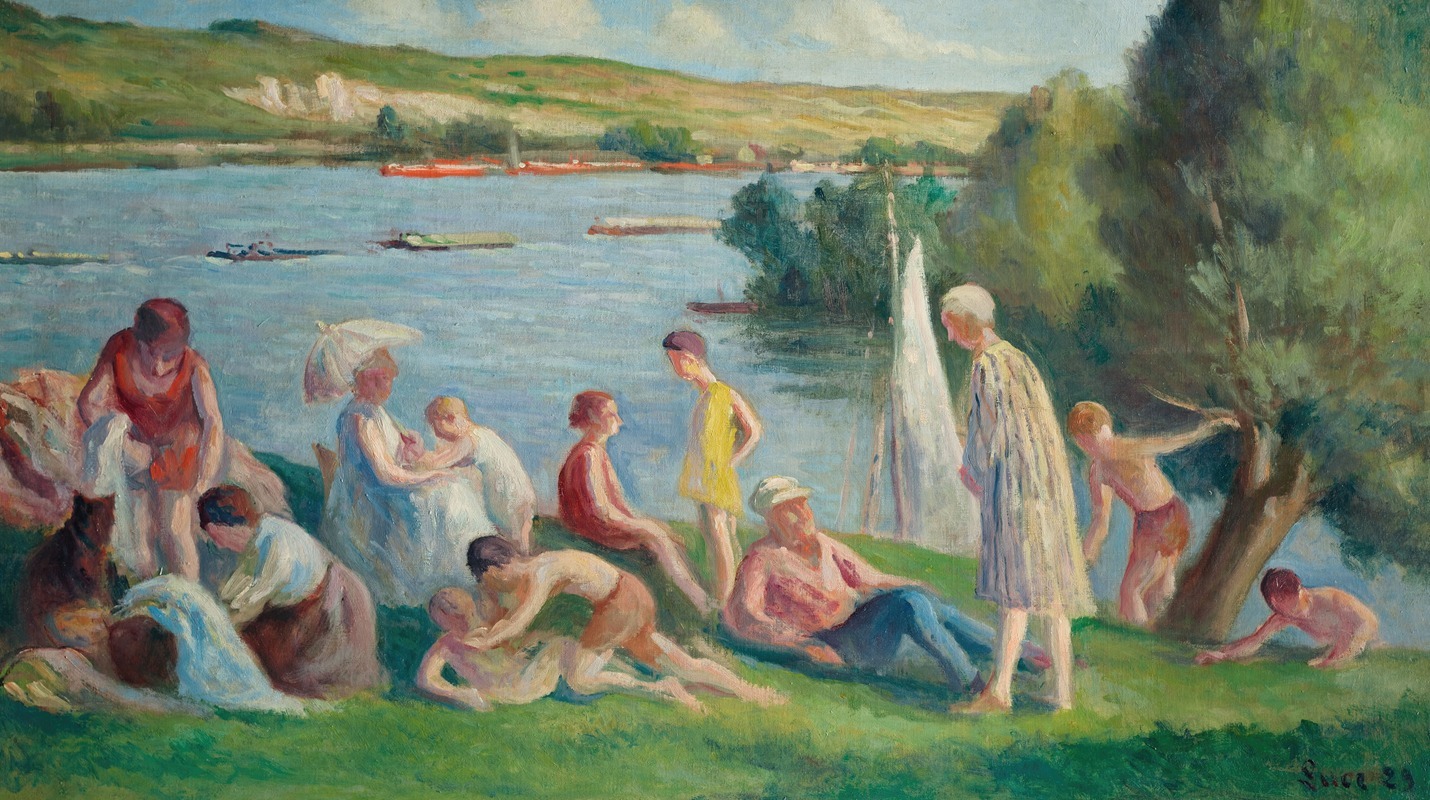
Méricourt, un dimanche au bord de la Seine
A hand-painted replica of Maximilien Luce’s masterpiece Méricourt, un dimanche au bord de la Seine, meticulously crafted by professional artists to capture the true essence of the original. Each piece is created with museum-quality canvas and rare mineral pigments, carefully painted by experienced artists with delicate brushstrokes and rich, layered colors to perfectly recreate the texture of the original artwork. Unlike machine-printed reproductions, this hand-painted version brings the painting to life, infused with the artist’s emotions and skill in every stroke. Whether for personal collection or home decoration, it instantly elevates the artistic atmosphere of any space.
Maximilien Luce's painting Méricourt, un dimanche au bord de la Seine (translated as Méricourt, a Sunday by the Seine) is a notable example of the artist's work, reflecting his dedication to capturing scenes of everyday life and the natural beauty of the French countryside. Painted in the late 19th or early 20th century, the artwork showcases Luce's mastery of the Neo-Impressionist style, a movement closely associated with Pointillism and characterized by the use of small, distinct dots of color to create a cohesive image when viewed from a distance.
Maximilien Luce (1858–1941) was a French painter, engraver, and lithographer who played a significant role in the Neo-Impressionist movement. He was influenced by Georges Seurat and Paul Signac, pioneers of Pointillism, and adopted their techniques to explore themes of light, color, and atmosphere. Luce's works often depicted urban scenes, industrial landscapes, and rural settings, with a particular focus on the lives of ordinary people.
Méricourt, un dimanche au bord de la Seine portrays a tranquil riverside scene in Méricourt, a commune located along the Seine River in northern France. The painting captures a leisurely Sunday, with figures relaxing by the water, enjoying the natural surroundings. The Seine River, a recurring subject in French art, serves as a central element in the composition, reflecting the light and colors of the sky and landscape. The use of Pointillist techniques enhances the vibrancy and luminosity of the scene, creating a sense of harmony and serenity.
Luce's choice of subject matter aligns with the broader interests of the Neo-Impressionists, who sought to depict modern life and the interplay between humanity and nature. The painting exemplifies Luce's ability to combine technical precision with an emotional resonance, inviting viewers to immerse themselves in the peaceful atmosphere of the riverside setting.
The exact date of the painting's creation is not definitively documented, but it is consistent with Luce's mature period, during which he refined his Pointillist approach and produced numerous works inspired by the landscapes and communities of France. The painting is representative of Luce's commitment to both artistic innovation and social commentary, as he often highlighted the dignity and simplicity of everyday life.
Méricourt, un dimanche au bord de la Seine is held in a private collection or museum, though specific details about its current location and provenance are not widely available. The painting continues to be appreciated for its technical brilliance and its ability to evoke the quiet beauty of a moment in time.








